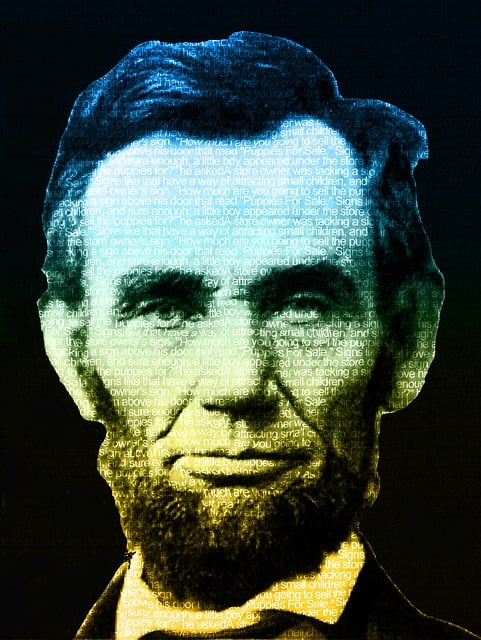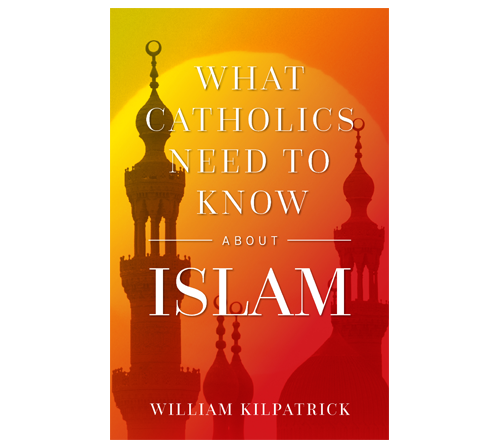Our bishops cannot ignore the percolating civil war brewing in America over trans ideology.
In a recent essay, Providence College theology professor Paul Gondreau argues that many bishops believe that the prudential course to take in addressing our culture’s descent into moral degeneracy is to ignore it. Although the USCCB produced a fine document three months ago about the moral limits of medical intervention for those seeking transgender procedures, there hasn’t been much in the way of follow-up on the larger moral issues. For example, with the exception of Bishop Joseph Strickland, it was lay Catholics who led the opposition to the Los Angeles Dodgers’ decision to honor a group of men in drag whose main mission in life is to mock Christianity and especially Catholicism.
The Catholics won this round in the culture wars, but they did so without much help from their bishops, who undoubtedly hope that the whole Pride movement will go away. But will it go away? Despite the drubbing of the drag queens in LA and the setbacks handed to Target and Budweiser, it would be a mistake for Catholics to imagine that some sort of turning point has been reached.
Shortly after the Dodgers’ loss of face, Eric Sammons, the editor of Crisis, visited the Cincinnati Pride Parade. He was surprised at the turnout. According to some estimates, 175,000 people attended the parade and/or the Pride Festival that followed it. Equally surprising were the many “normal” families in attendance—“mom and dad bringing their young children, all dressed in rainbows.”
The battle is not half over or even a tenth over. To imagine that the battle is nearly done is to fail to understand our present situation. It is not as though there are two sides who disagree about issues that can be worked out through some sort of compromise. What separates the two sides in the current conflict is a total divide—two views of life that are diametrically opposed.
Many commentators have compared our current situation to the pre-Civil War years in America when the nation was divided over the issue of slavery. Yet some of these historians contend that Americans are more divided now than they were then. In his book The Sumter Gambit, Robert Spencer writes:
Thus, there are two opposing nations in America today, both of which regard each other with considerable fear and contempt, and both of which believe that the other will destroy everything that is good about the United States if given half a chance.
The situation, says Spencer, is similar to that which prevailed in the Civil War—but with a notable difference. Spencer observes that “as deep as the division was between the two Americas at that time [over the issue of slavery], they still had a common culture, a common religion, a common heritage, and a common outlook.” In an attempt to reconcile the two Americas, Lincoln observed in his Second Inaugural Address that, “both read the same Bible, and pray to the same God.”
But that can hardly be said today.
In Lincoln’s time, the vast majority of Americans were Christians. Even as recently as the early 1990s, 90 percent of Americans identified as Christians. Since then, however, the numbers have plummeted. In 2020, only 64 percent of Americans described themselves as Christians. Meanwhile, 26 percent of the population identified as “religiously unaffiliated” or “Nones.” In other words, it’s no longer possible to say that all of us “read the same Bible and pray to the same God.”
But it’s a bit more complicated than that. It’s not as though the “Nones” don’t believe in any God. According to a Pew survey, 72 percent of “Nones” believe in God or a Higher Power, and many consider themselves “spiritual.”
But this doesn’t necessarily mean that they pray to the same God. G.K. Chesterton said that “when a man stops believing in God, he doesn’t then believe in nothing, he believes anything.” For our times, that might be amended to read: “when a man stops believing in biblical Christianity, he’s liable to believe anything about God.”
A man might, for instance, fashion his own personalized Christianity in which God becomes a permissive father who smiles on everything he does, whether it be promiscuity, adultery, or taking the kids to the Pride Parade. He might even find a church to back up his choices, a church that welcomes every point of view—except, of course, “rigid” and “divisive” views.
According to canon lawyer Fr. Gerald E. Murray, the Synod on Synodality is attempting to create just such a Church. He calls it the Church of “Me, Myself, and I”—a Church in which “God is relegated to the role of Divine Affirmer of whatever each one decides to believe.”
That’s a view of the Church that seems to be more widely held among European bishops than American bishops. Thus, U.S. bishops who might be inclined to jump into the fray over the trans issue and other variations on the sexual revolution will find that they not only share little common religious ground with many of their fellow Americans but also with many of their fellow bishops on the other side of the Atlantic.
As Bishop Athanasius Schneider recently observed of the new “Synodal Church,” “the so-called LGBTQ movement is implicitly promoted, which includes homosexual activity and the current world-wide totalitarian “gender ideology.”
If our bishops stand up to the LGBTQ+ assault, they can’t expect much support from the synodalist movement. Likewise, they can’t rely on the Vatican. Instead, like Bishop Strickland, they can expect to be investigated—or worse.
As they prepare to fight this latest round in the culture wars, here are some points for the American bishops to keep in mind:
1. The LGBTQ+ movement is bigger than most think. Consider the huge turnout that Eric Sammons witnessed at the Pride event in relatively conservative Cincinnati. Moreover, the movement is growing rapidly due to social contagion. The Washington Free Beacon reports that the number of New Jersey students who identify as “non-binary” increased by 4,000 percent between 2020 and 2023. Meanwhile, the number of Americans who identify as Christians continues to shrink. And of these, many devote much more time to the pursuit of secular goals than to Christian goals.
2. The LGBTQ+ movement is an anti-Christian movement. Although many of its members may attend Christian churches, LGBTQ+ ideology rejects two of the most basic Christian teachings—namely, that God created only two genders and that marriage is a union of one man and one woman. The denial of these teachings leads to a tangled web of misery both for Christians and non-Christians alike.
3. Many Catholics, including priests, are naïve about the LGBTQ+ movement. Not every Catholic recognizes the anti-Christian nature of the movement. Some are gullible enough to believe that it’s really all about love—as proclaimed by the ubiquitous “love is love” posters at Pride events. And some really believe that listening to drag queens read stories about drag queens is an enriching experience for children.
So, bishops will need to contend with a stubborn naïveté on the part of those Catholics who have fallen for the propaganda that trans youth should be affirmed in whatever gender they choose, or that same-sex “marriage” is just the same as real marriage.
4. Not all Catholic parents are opposed to LGBTQ+ ideology. Although our bishops can count on traditional Catholic families to back them and even lead the way, they will meet resistance from other Catholic families who have bought into the LGBTQ+ ideology. For example, when Portland Archbishop Alexander Sample published guidelines for the archdiocesan schools that were meant to bring school policy on transgenderism in line with Catholic teaching, he was met with a near rebellion. Several principals and teachers resigned and many parents protested.
However, much of the resistance the U.S. bishops will encounter will come from their own ranks—especially from a cluster of pro-LGBTQ+ bishops who just happen to hold most of the top ecclesiastical posts in America.
5. Don’t forget the “P” in LGBTQ+. In a thoughtful piece he wrote a few years ago, Matthew Hanley reminds us that there is a “P” in LGBTQIAP+. The P stands for “Pansexual.” But Hanley suggests it ought to remind us of a couple of other “P” words—namely, “pagan” and “pedophile.” He notes that ancient paganism created safe spaces for treating children as sex objects and that the modern LGBTQ+ movement has as one of its goals making pedophilia acceptable again.
The U.S. bishops have a lot on their hands. But there are some topics they can’t afford to ignore. While the bishops are rightly concerned by the large number of children who are being kidnapped by sex traffickers on our southern border, they also need to start worrying about the even larger number of children who are being trafficked into a perverted ideology by some well-meaning but naïve people—and also by a substantial number who are neither well-meaning nor naïve.
This article originally appeared in the July 18, 2023 edition of Crisis.
Pictured above: Abraham Lincoln
Picture credit: Pixabay


